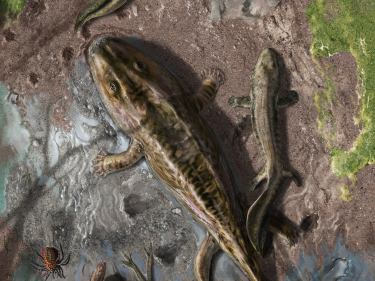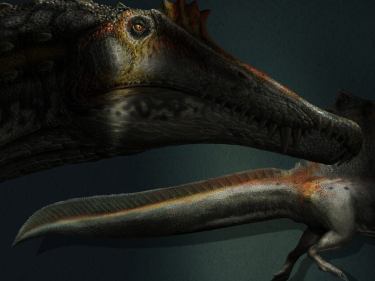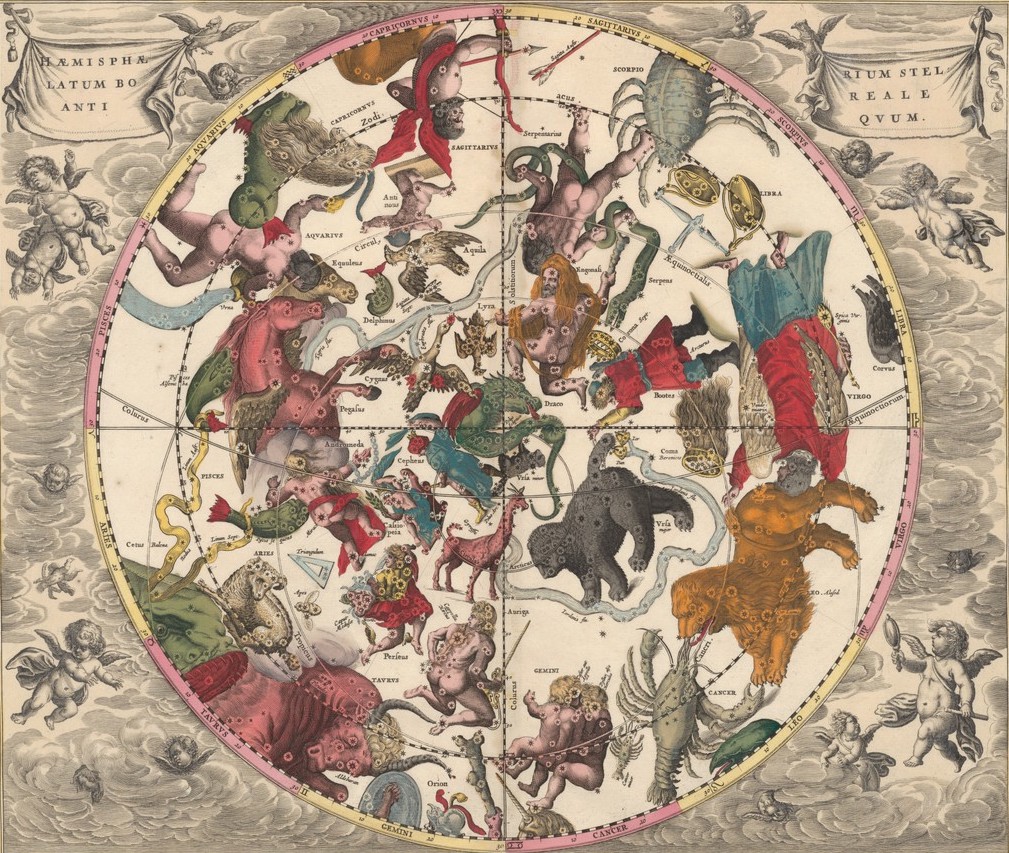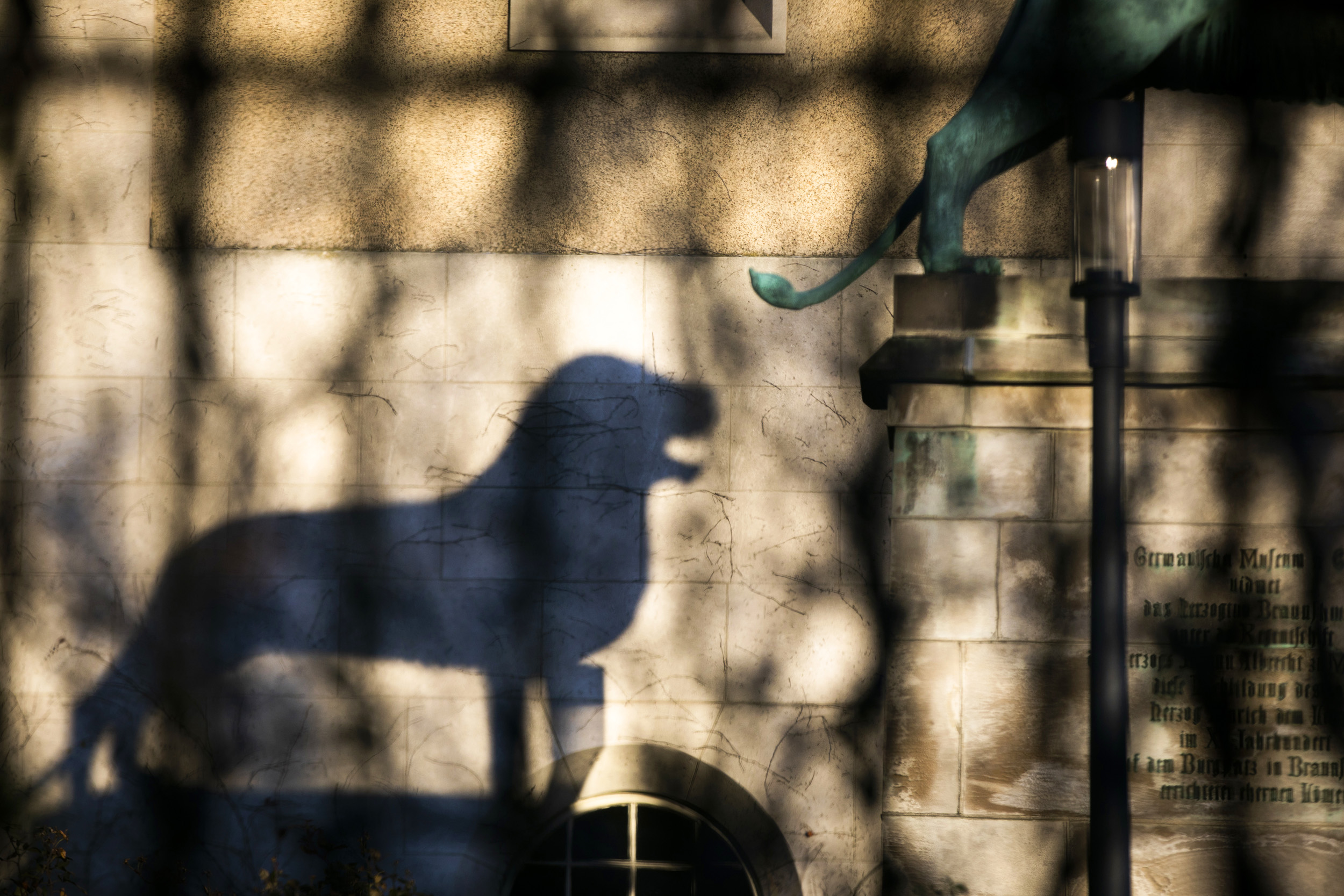Animal Magnetism
Our neighbors in the animal kingdom have always fascinated, confused, and inspired us. Through research and observation, we can better understand them and ourselves.
Anemones and their enemies
A team of researchers from Nicholas Bellono’s lab has discovered how the trigger system of jellyfish and sea anemones stinging works on a molecular level.
Read more about the mechanisms behind stingersButterflies
How do these seemingly fragile creatures survive so well?
What more can we learn about their evolutionary process?
A clue to biodiversity?
A study reveals a surprising amount of gene flow between butterfly species.
Unlocking the colors of insect vision
Scientists have found a novel way to isolate light-sensitive proteins, which may lead to evolutionary insights.
Butterfly wings inspire air-purification improvements
Researchers are developing a new type of catalytic coating that is inspired by the honeycomb-like nanostructure of a butterfly’s wing.
Highways and the health of butterflies
A Graduate School of Design studio is exploring the relationship between the health of insect populations and the health of our landscapes.
Animal mimicry
How do some animals achieve abilities far beyond humans?
How can we copy and gain those abilities?
Learning to school
Fish-inspired robots coordinate movements without any outside control.
Snake feet
Snake skin-inspired grips could help seniors keep their footing.
The tentacle bot
An octopus-inspired robot can grip, move, and manipulate a wide range of objects.
Healing slime
A slug goo-inspired bandage could be a tough yet flexible treatment for babies in the womb.
The evolution of evolution
Why do animals look and act like they do?
Did they look and act differently before?
Seeing squid more clearly
Harvard researchers shed new light on squid eye development and convergent evolution.

A modern-day Darwin
Trailblazing biologist and beloved mentor E. O. Wilson passed away in 2021. He was a leading expert on ants, insects, and biodiversity, pioneering the field of sociobiology, which sought to explain the evolutionary basis behind social behavior.
A modern-day DarwinHow did vertebrates go from the water to the land?

New paper suggests the Spinosaurus may have been aquatic

Art’s long obsession
Why have so many artists taken inspiration from animals?
What can that teach us about history?
Face to face
Explore the portraits of Harvard’s Museum of Natural History animals by Jana Matusz.
Creatures’ comforts
Are we responsible for protecting animals?
What kind of rights should animals have?
The laws of nature
According to Harvard Law School lecturer Jonathan Lovvorn, saving the planet and its inhabitants from climate catastrophe begins with the world’s most vulnerable population: animals.
The vegans are coming
In replicating the look and taste of real meat, companies are appealing to the mainstream consumer.
“Fellow Creatures”
In her new book, Arthur Kingsley Porter Professor of Philosophy Christine Korsgaard makes the case that humans are not inherently more important than animals and therefore should treat them much better than we do.
The gift of a good life
A gift to Harvard Law School’s Animal Law & Policy Program is improving quality of life for farm animals both in the U.S. and globally.
YOU MAY ALSO LIKE









